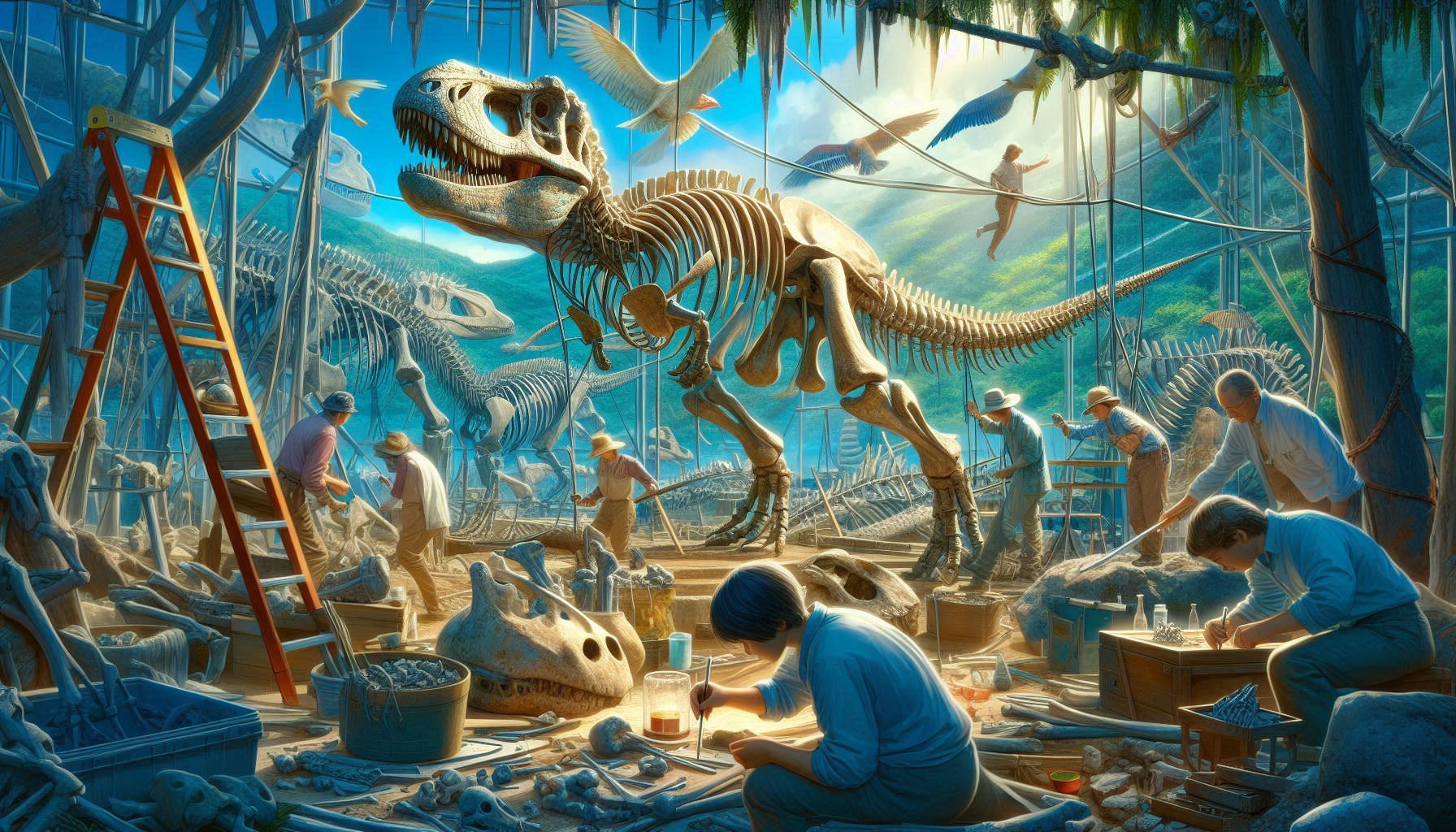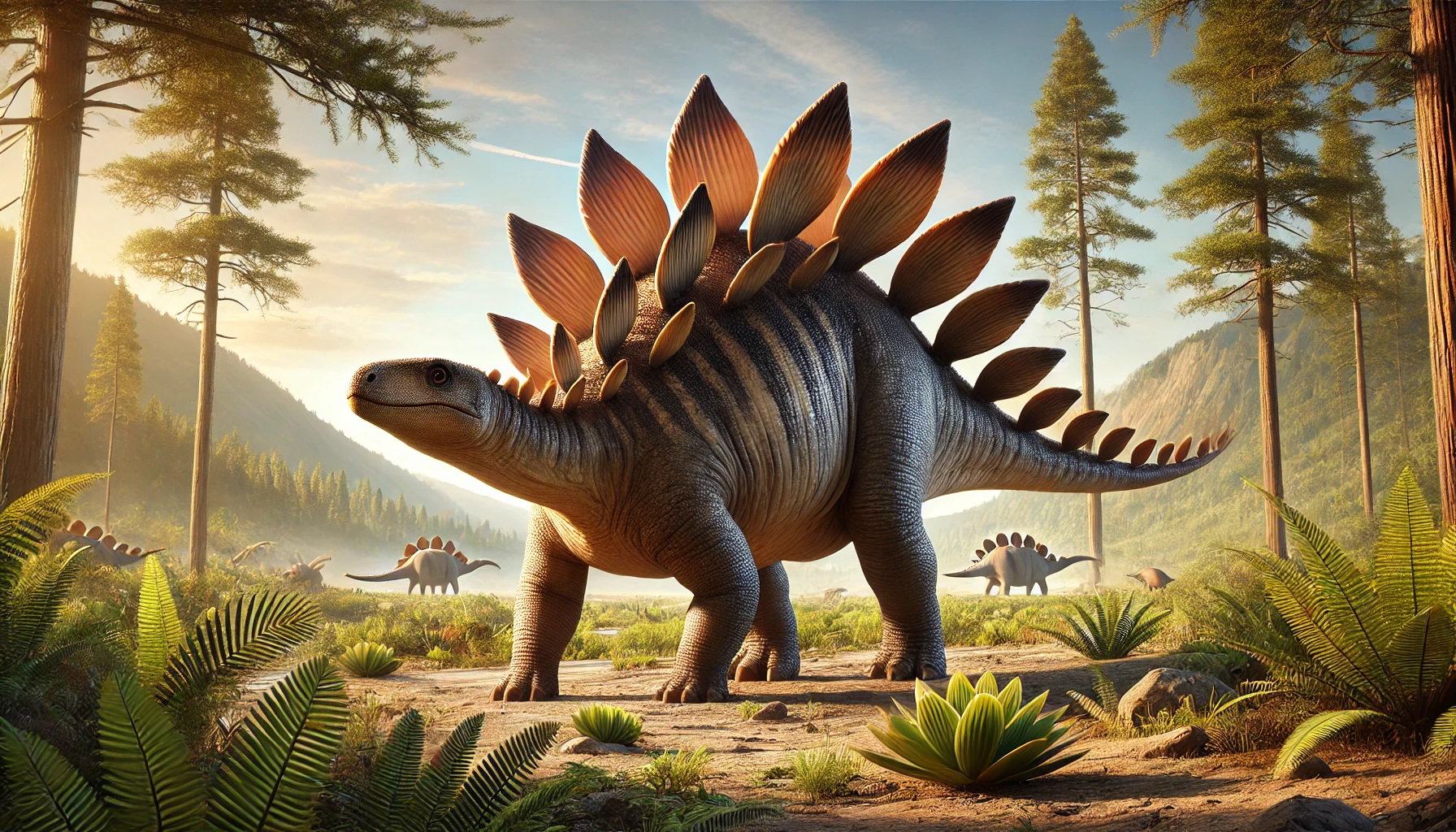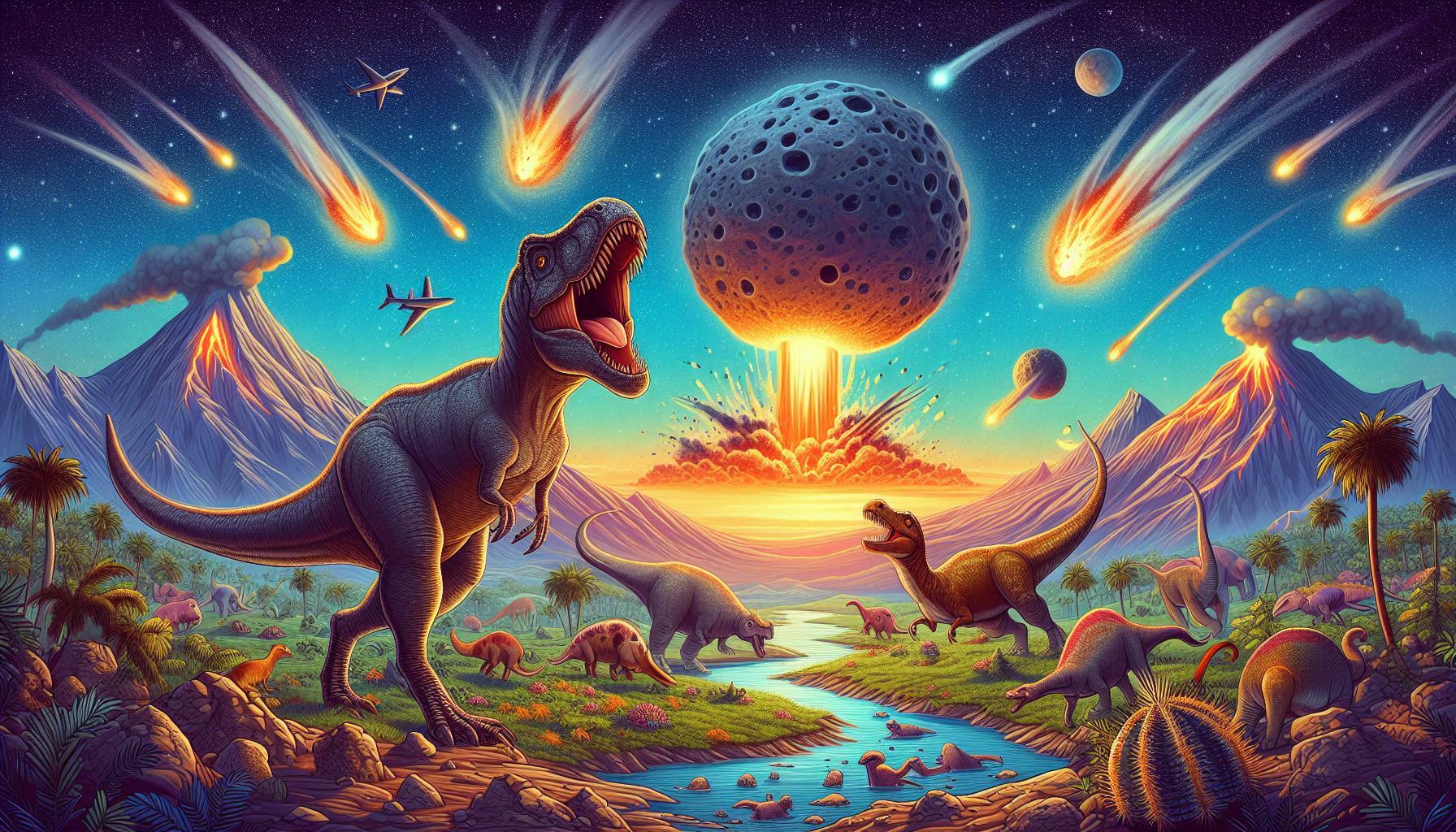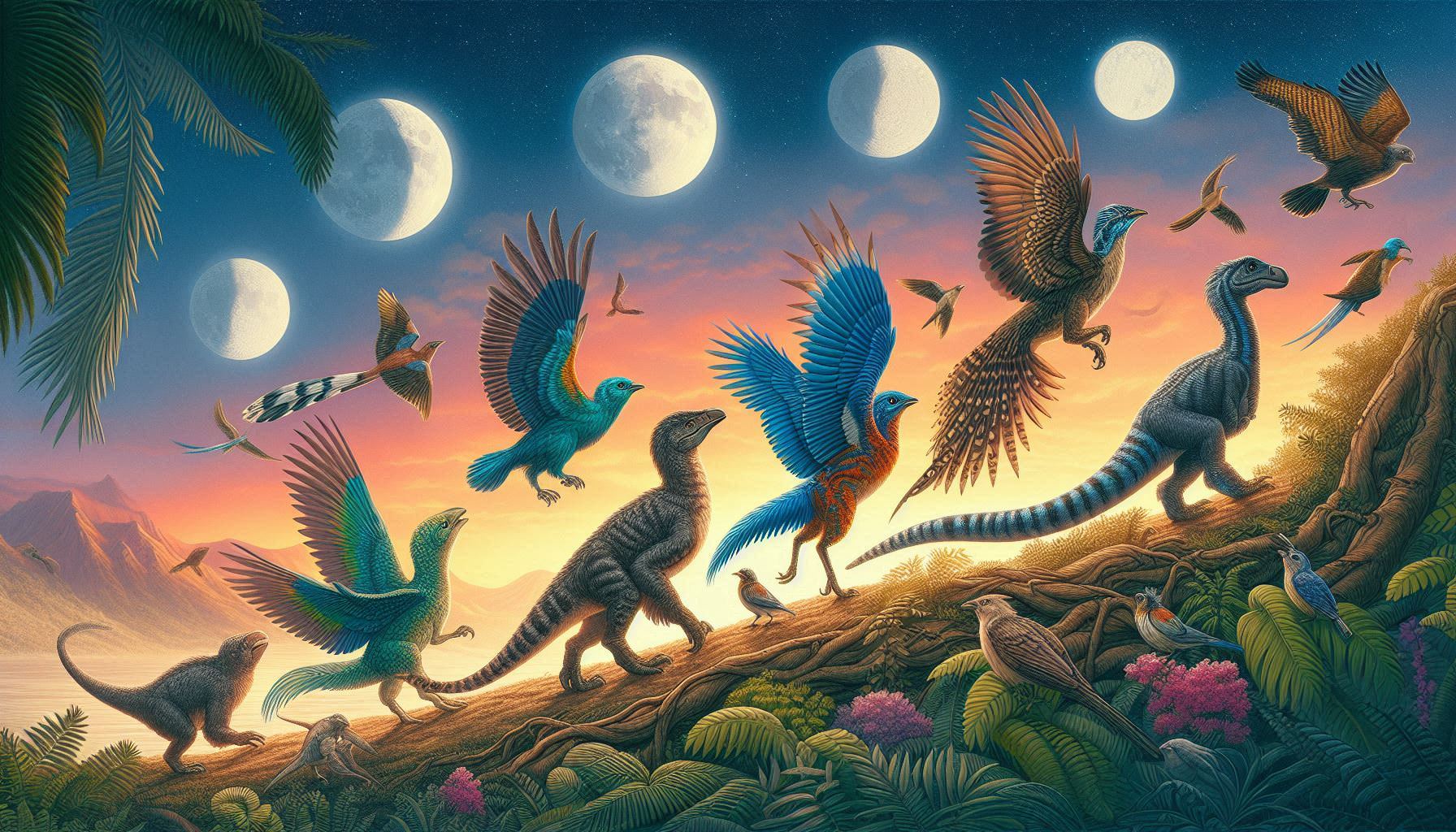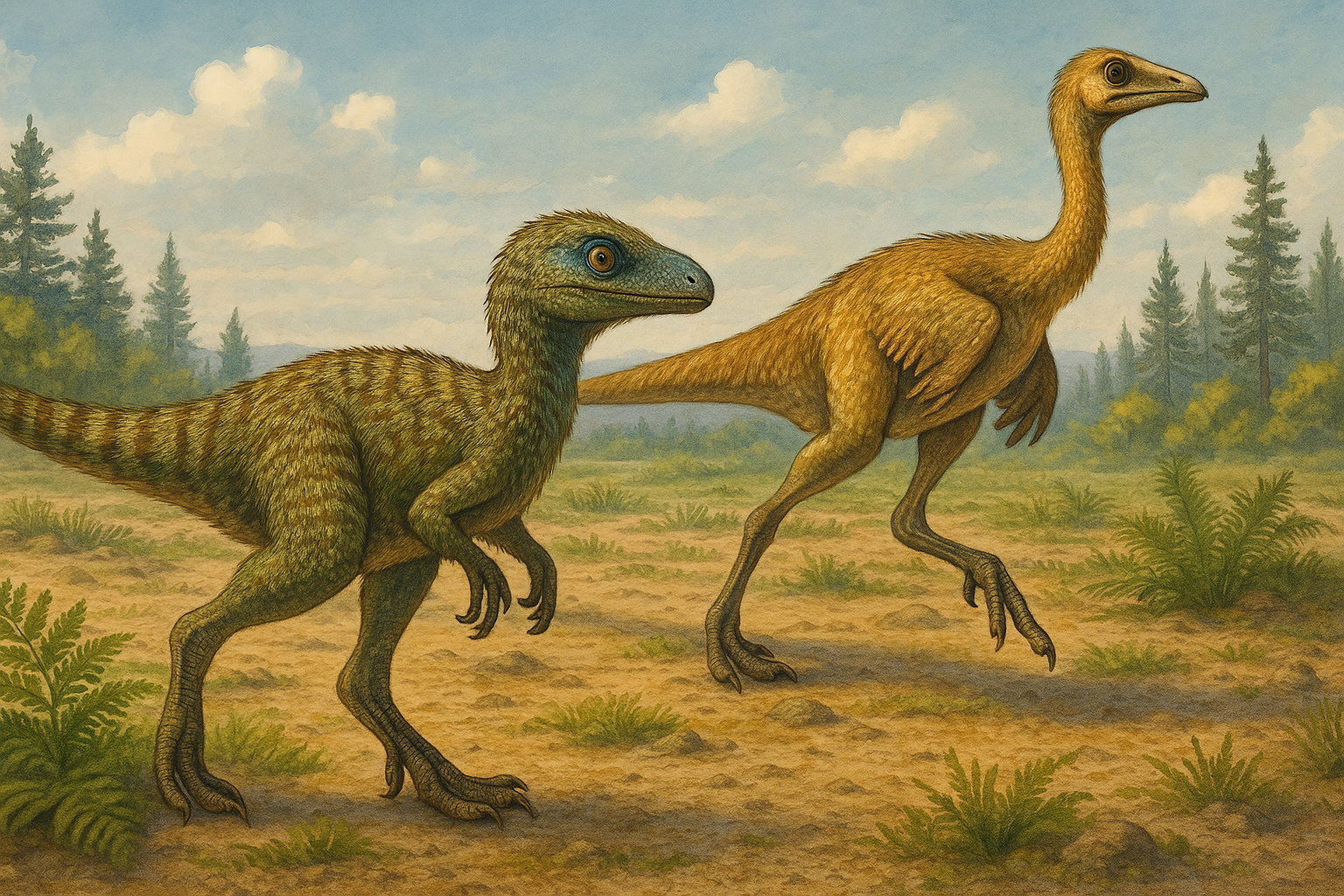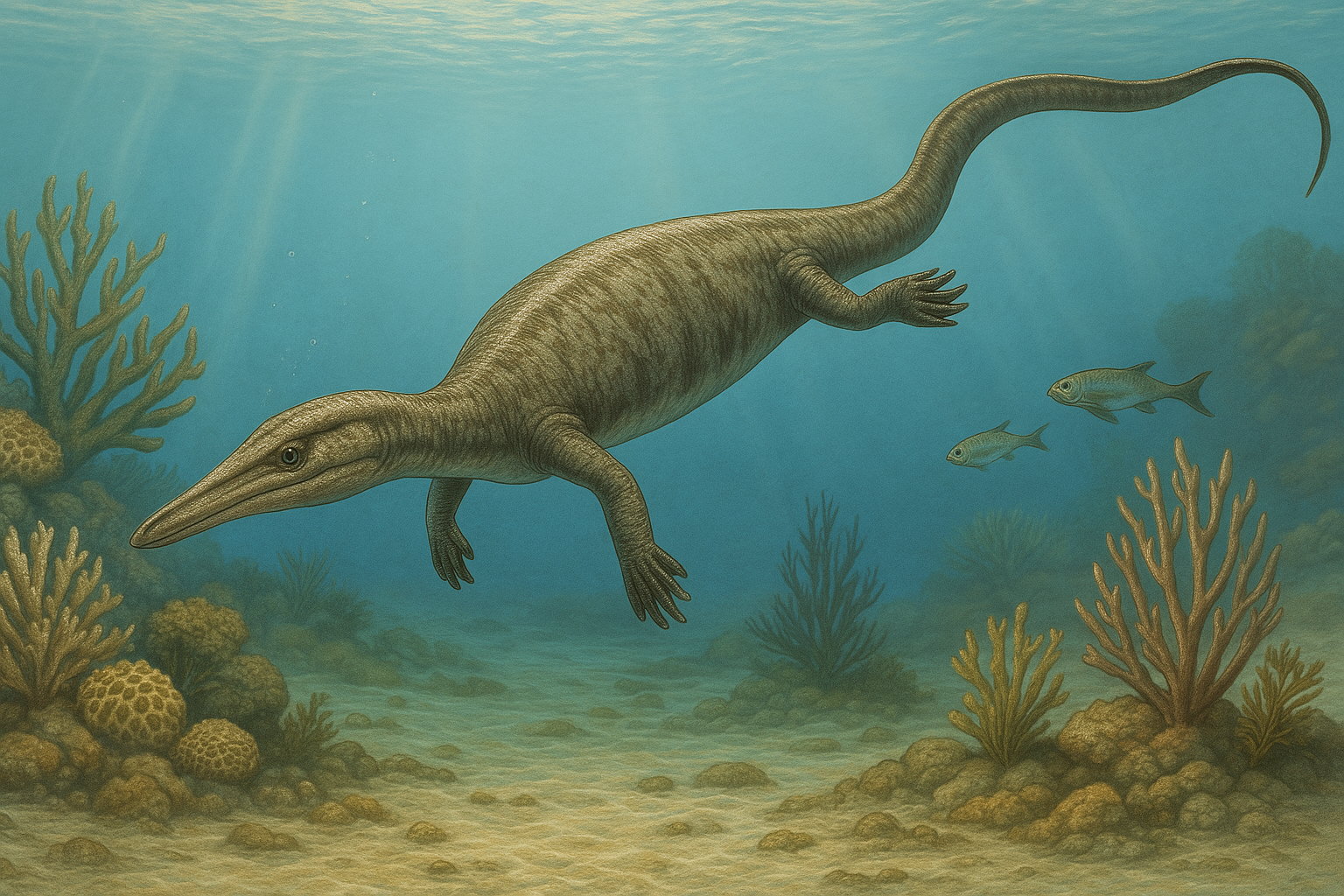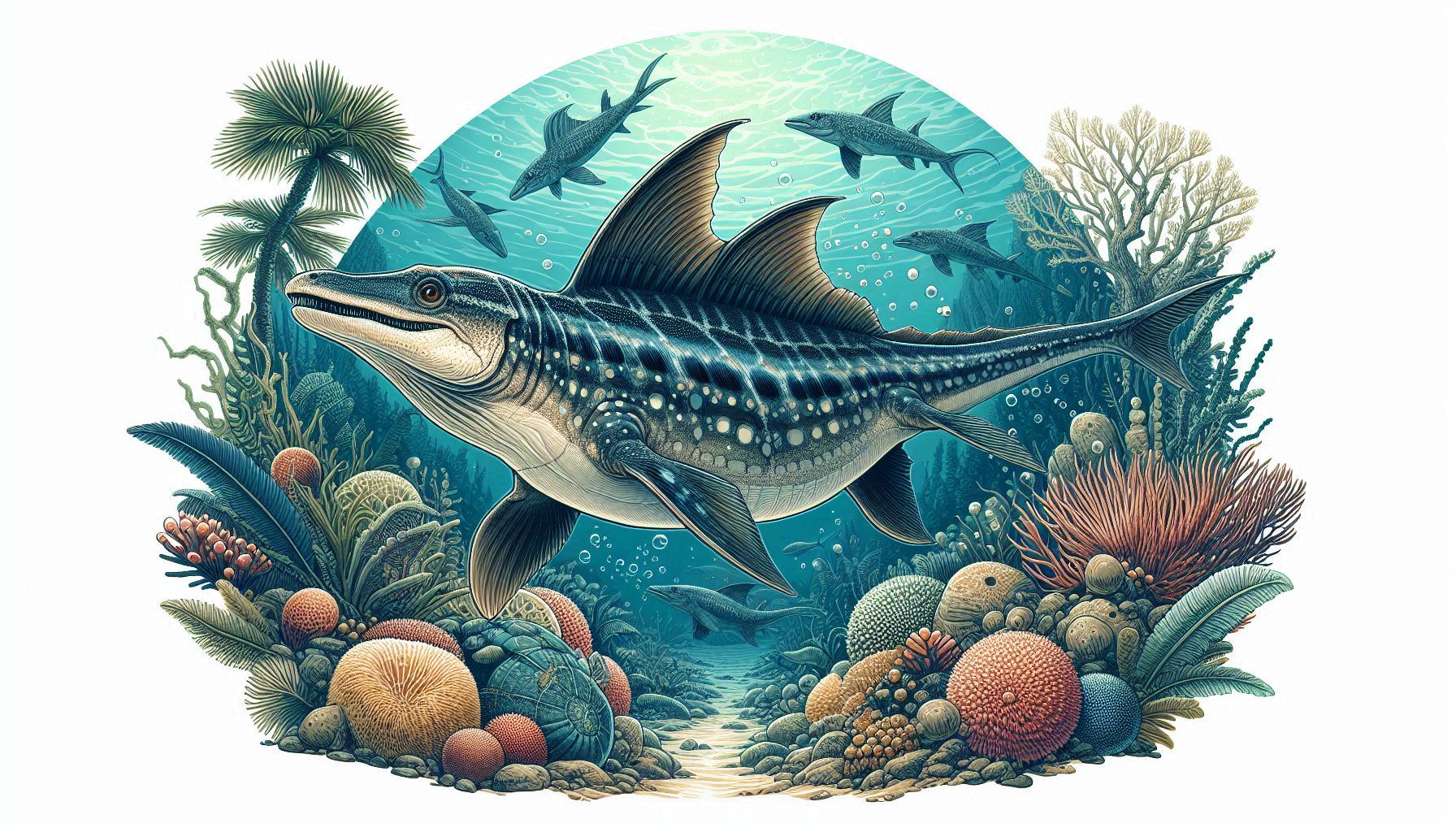How paleontologists reconstruct dinosaurs isn’t guesswork — it’s detective work rooted in fossil evidence, evolutionary biology, and cutting-edge technology. These scientists, often dubbed “dino detectives,” piece together the past to reveal what creatures like T. rex or Triceratops looked like, how they moved, and even how they behaved millions of years ago.
- What Is Paleontology?
- How Do Paleontologists Find Fossils?
- From Fossil to Full Skeleton
- How Do Scientists Know What Dinosaurs Looked Like?
- What About Dinosaur Behavior?
- Do Paleontologists Ever Make Mistakes?
- Modern Tools of the Trade
- From Fossils to Pop Culture
- FAQ
- How do paleontologists know where to dig?
- Can fossils tell us what color dinosaurs were?
- Do we have any complete dinosaur skeletons?
- What’s the difference between a paleontologist and an archaeologist?
- How do scientists decide what a dinosaur sounded like?
What Is Paleontology?
Paleontology is the scientific study of ancient life through the examination of fossils. It combines elements of biology, geology, chemistry, and even computer science to understand what life was like in the distant past — from trilobites and ammonites to mighty dinosaurs and early mammals.
How Do Paleontologists Find Fossils?
Most fossil discoveries start with fieldwork. Scientists explore sedimentary rock layers in places known for preserving ancient remains — such as the badlands of Montana, the Gobi Desert, or Argentina’s Patagonia region.
- Clues like exposed bone, unusual rock shapes, or trace fossils (like footprints) lead researchers to excavation sites.
- Delicate tools like brushes, dental picks, and even chisels are used to uncover fossils without damaging them.
Once found, fossils are carefully wrapped and transported to laboratories for analysis and preservation.
From Fossil to Full Skeleton
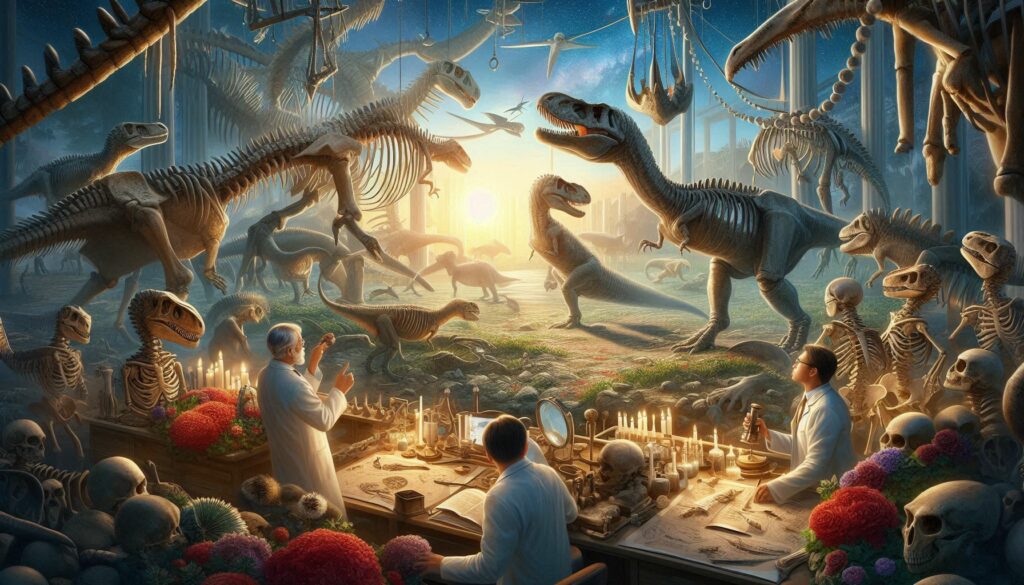
Reconstructing a dinosaur from scattered bones is like solving a 3D jigsaw puzzle — with missing pieces. Paleontologists compare new finds to previously discovered species to figure out how bones fit together.
For example, if a fossilized femur matches one from Allosaurus, they can make educated guesses about posture, size, and gait. Advances in scanning technology, 3D modeling, and digital reconstruction have dramatically improved accuracy.
How Do Scientists Know What Dinosaurs Looked Like?
Beyond bones, scientists use:
- Fossilized skin impressions to determine texture and scale patterns
- Feather fossils found in places like China to confirm feathered theropods
- Muscle attachment points on bones to reconstruct body shape
- Comparative anatomy with birds and reptiles
Some spectacular finds — like Psittacosaurus with preserved pigmentation — even help reveal color patterns, giving us a glimpse of actual prehistoric hues.
What About Dinosaur Behavior?
Behavior is harder to fossilize, but scientists make educated interpretations using:
- Nesting sites (like those of Maiasaura) showing parental care
- Trackways that reveal herd movement or speed
- Bite marks and healed injuries that hint at hunting or social interactions
Even fossilized stomach contents and coprolites (fossil poop!) provide clues about diet and digestion.
Do Paleontologists Ever Make Mistakes?
Yes — and science grows stronger because of it. Early reconstructions like the “duck-billed Iguanodon” with a horn on its nose turned out to be misinterpretations. Scientific understanding evolves as new discoveries fill in the blanks.
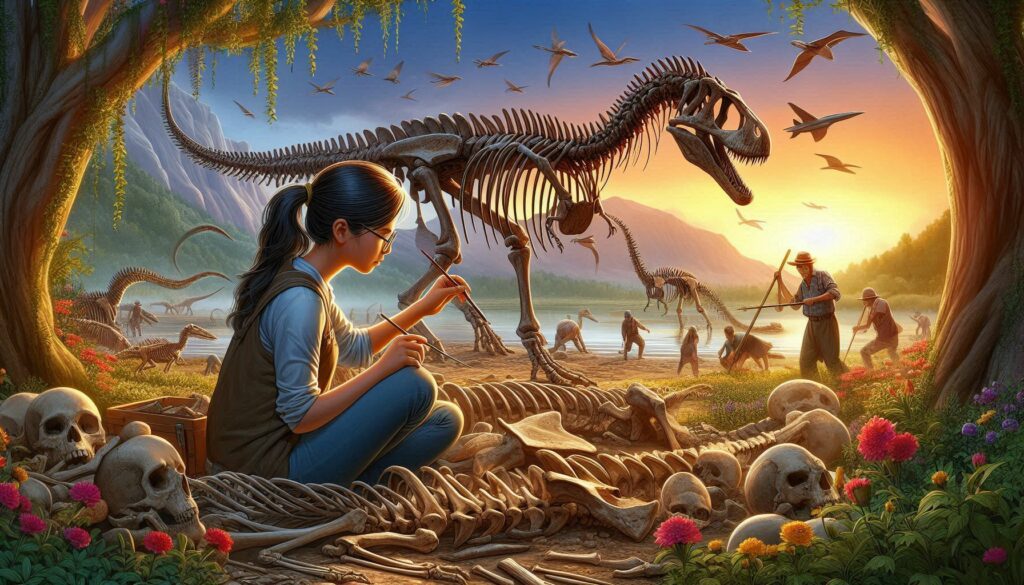
This ongoing process makes paleontology dynamic — not just about old bones, but about rewriting ancient history.
Modern Tools of the Trade
- CT scans: to look inside fossils without breaking them
- Laser-stimulated fluorescence: reveals soft tissue details in fossils
- Digital 3D modeling: allows scientists to animate walking, flight, or feeding
- Cladistics: a method of analyzing evolutionary relationships
From Fossils to Pop Culture
Scientific reconstructions inform museum displays, documentaries, and even blockbusters. While Hollywood takes creative liberties, most realistic representations — like feathered Velociraptors — begin with scientific research.
FAQ
How do paleontologists know where to dig?
They study rock layers, previous fossil sites, and satellite imagery to locate areas with the right age and conditions for fossil preservation.
Can fossils tell us what color dinosaurs were?
Sometimes. Fossilized melanosomes (pigment structures) can suggest color patterns in well-preserved specimens like Sinosauropteryx.
Do we have any complete dinosaur skeletons?
Complete skeletons are rare, but some species — like Coelophysis — are known from almost complete fossils. Most reconstructions use partial remains and comparisons.
What’s the difference between a paleontologist and an archaeologist?
Paleontologists study ancient life (dinosaurs, plants, extinct animals), while archaeologists study human history and artifacts.
How do scientists decide what a dinosaur sounded like?
By comparing skeletal structures (like resonance chambers) to modern birds and reptiles — though exact sounds are speculative.
# how paleontologists reconstruct dinosaurs, dinosaur fossil reconstruction, dinosaur skeleton science, how fossils are studied, modern paleontology methods, dino detective science, what do paleontologists do, fossil discovery process, prehistoric behavior clues, reconstructing ancient life

